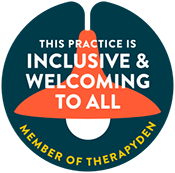Burnout has become an increasingly common problem in today’s fast-paced, always-on culture. Constant stress, overwhelming workloads, and the pressure to perform can leave both the mind and body exhausted, making it difficult to function at your best. While many people push through fatigue with caffeine or sheer willpower, they often overlook one simple yet powerful tool: napping. Short, intentional naps can offer more than just a quick energy boost- they can help reset the brain, reduce stress hormones, and improve emotional resilience, all of which are key factors in preventing burnout.
But can napping really make a difference when it comes to chronic stress and exhaustion? Research suggests that taking time to rest during the day helps improve mood, increase focus, and lower the risk of mental and physical health problems associated with burnout. In this post, we will explore how strategic napping supports mental health, why it is an essential practice for self-care, and tips on how to incorporate naps into your busy life without disrupting your nighttime sleep.






























